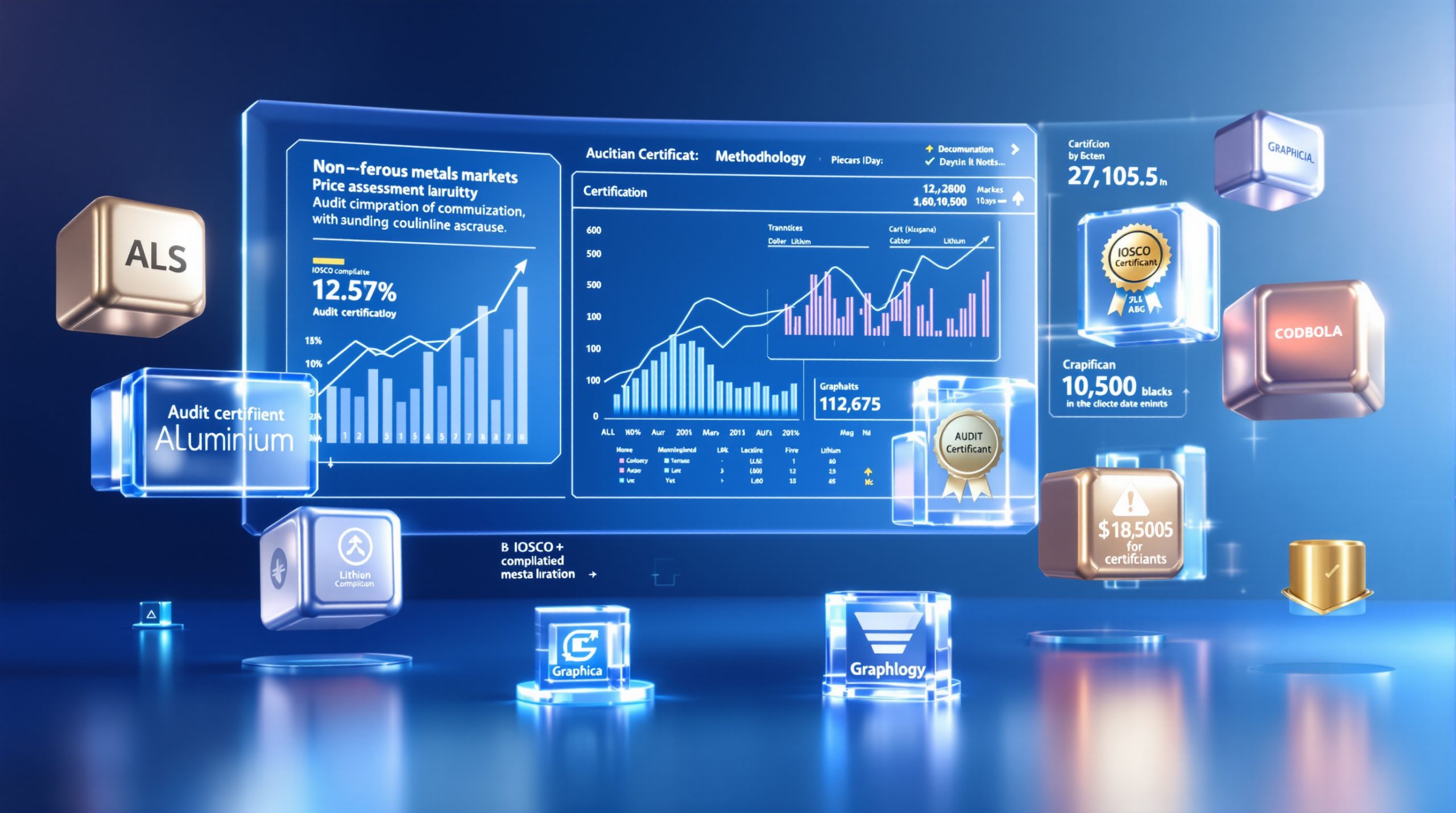What's Driving Gold's Record-Breaking Rally?
Economic Uncertainty and Geopolitical Tensions
Global economic instability, exacerbated by protracted trade disputes and military conflicts in Eastern Europe and the South China Sea, has intensified demand for safe-haven assets. The World Gold Council reported a 23% year-over-year increase in central bank gold reserves during Q1 2025, with China and India accounting for 58% of purchases. Currency devaluation concerns have amplified this trend, particularly as the U.S. dollar index (DXY) exhibited 6.7% volatility in April 2025—the highest since the 2008 financial crisis.
Federal Reserve Chair Jerome Powell's recent testimony to Congress highlighted persistent inflation risks, with core PCE prices rising 3.8% annually despite aggressive rate hikes. This stagflationary environment has reinforced gold as a hedge, as real yields on 10-year Treasury Inflation-Protected Securities (TIPS) remained negative for the 15th consecutive month.
Federal Reserve Policy Impact
The Federal Reserve's ambiguous forward guidance has created fertile ground for gold speculation. Historical analysis reveals that during the 2000–2003 and 2006–2008 rate-cutting cycles, gold prices advanced 59% and 42%, respectively. Current fed funds futures imply a 67% probability of a 50-basis-point cut by September 2025, potentially catalyzing another leg upward for bullion.
However, the Trump administration's recent fiscal stimulus package—a $2 trillion infrastructure bill signed in March 2025—complicates this outlook. By boosting industrial demand and GDP growth projections to 3.1%, the legislation could strengthen the dollar and temporarily dampen gold's momentum.
Why Are Some Investors Still Hesitating Even at $3,200?
Technical Analysis Suggesting Caution
Gold's 14-day Relative Strength Index (RSI) reached 78.4 on April 15, 2025, entering overbought territory for the first time since the 2020 pandemic surge. Fibonacci retracement levels indicate strong resistance at $3,250, a threshold that has reversed prices in three of the past five bull markets. Volume analysis adds to the cautionary narrative: aggregate COMEX futures open interest declined 12% during the latest price spike, signaling potential distribution by institutional traders.
"The technical picture suggests gold has moved too far, too fast. Historically, when we've seen RSI values above 75 sustained for more than two weeks, corrections of 8-12% have followed within the next quarter." – John Feneck, Feneck Commodities
Profit-Taking Behavior
Hedge fund positioning data reveals a paradox: while net long contracts in gold futures reached 287,000 in March 2025—near all-time highs—the put/call ratio for gold options simultaneously climbed to 1.4, reflecting heightened hedging activity. This divergence suggests sophisticated investors are maintaining core positions while insulating against short-term corrections. Retail investor behavior, as measured by the World Gold Council's sentiment index, shows 42% of respondents believe gold is "overvalued" above $3,000, compared to just 18% at the $2,500 level.
How Does Current Market Sentiment Compare to Previous Gold Bull Markets?
2011 vs. 2025: Key Differences
The 2011 peak at $1,921 occurred amidst a markedly different macroeconomic backdrop. While both periods featured quantitative easing, today's debt-to-GDP ratio exceeds 130% in advanced economies versus 104% in 2011. Central bank purchasing has also intensified, with 2024 net acquisitions (1,136 tonnes) doubling the 2011 total. Technological advancements in gold-backed ETFs and blockchain settlement systems have further democratized access, expanding the investor base beyond traditional institutional holders.
Comparative Analysis: 2011 vs 2025 Gold Bull Markets
| Factor | 2011 Peak | 2025 Current Market | Impact |
|---|---|---|---|
| Global Debt/GDP | 104% | 130%+ | More supportive |
| Central Bank Buying | 457 tonnes | 1,136 tonnes | Strongly supportive |
| Real Interest Rates | -1.0% | -2.3% | More supportive |
| Mining Production | Rising | Plateaued | Supportive |
| Alternative Assets | Limited crypto | Mature digital assets | Competitive pressure |
The Role of Digital Assets
Bitcoin's resurgence to $120,000 in Q1 2025 has reignited debates about crypto as "digital gold." Correlation coefficients between BTC and XAU reached 0.62 in March—the highest since 2020—suggesting some portfolio substitution. However, physical gold holdings in ETFs still command a $230 billion market cap versus $95 billion for all crypto assets combined, indicating persistent preference for tangible stores of value.
Younger investors continue to show stronger preference for digital assets, with millennials allocating approximately 25% less to precious metals than baby boomers. This demographic shift represents both a challenge and opportunity for traditional gold markets as tokenized gold products begin bridging the gap between physical and digital investment preferences.
What Are Expert Forecasts Saying About Gold's Future?
Bull Case Scenarios
Technical analyst John Feneck of Feneck Commodities identifies $3,500 as the next psychological barrier, citing ascending triangle patterns on monthly charts. Fundamental analysts point to the gold/oil ratio, which at 28.7 remains below the 40-year average of 33.4, implying 16% upside potential if historical norms reassert. Central bank surveys project 2025 purchases could reach 1,300 tonnes, potentially creating structural supply deficits.
The most compelling bull case stems from mineral grade deterioration across major mining jurisdictions. Average ore grades have declined 30% since 2010, pushing all-in sustaining costs higher despite technological improvements. This geological constraint suggests a supply-side floor that strengthens gold's long-term value proposition even if demand moderates.
Bear Case Considerations
Morgan Stanley's commodities team warns of a 15–20% correction if the Fed delays rate cuts beyond Q3 2025. Mining production trends add cautionary notes: all-in sustaining costs (AISC) for major producers fell 9% year-over-year to $1,150/oz, incentivizing increased supply. Technical support levels cluster around $2,950–$3,000, representing the 50-day moving average and 38.2% Fibonacci retracement of the 2023–2025 rally.
"We're seeing clear signs of investor hesitation despite the headline price surge. ETF outflows reached $1.2 billion in North America last month while premiums for physical gold have compressed—classic warning signals that preceded the 2013 correction." – Senior Precious Metals Strategist, Global Investment Bank
How Are Gold Mining Stocks Performing Relative to Bullion?
Producer Performance Analysis
The NYSE Arca Gold Miners Index (GDM) has underperformed physical gold by 14% year-to-date, reflecting operational challenges in key jurisdictions. Labor costs in South Africa's Witwatersrand Basin rose 18% in 2024, squeezing margins despite higher metal prices. However, senior producers like Newmont and Barrick have utilized cash flows to reduce net debt by $4.8 billion collectively, improving balance sheet flexibility.
Major Producer Metrics at $3,200 Gold
| Producer | AISC/oz | Projected FCF Yield | Dividend Yield | Debt/EBITDA |
|---|---|---|---|---|
| Newmont | $1,180 | 11.2% | 3.4% | 0.9x |
| Barrick | $1,230 | 9.8% | 2.9% | 0.7x |
| Agnico Eagle | $1,050 | 12.3% | 3.2% | 0.5x |
| Kinross | $1,310 | 8.7% | 2.1% | 1.2x |
| Industry Average | $1,195 | 10.5% | 2.9% | 0.8x |
Junior Miners and Exploration Companies
The VanEck Junior Gold Miners ETF (GDXJ) surged 48% in Q1 2025, outperforming physical gold's 22% gain. This divergence highlights investor appetite for leverage to discovery potential, particularly in under-explored regions like Guyana's Guiana Shield. M&A activity has intensified, with 35% of juniors receiving takeover bids above 30-day volume-weighted average prices.
Less appreciated by mainstream investors is the regulatory arbitrage occurring across jurisdictions. Resource nationalism has increased permitting timelines by 37% since 2020, creating premium valuations for companies with assets in mining-friendly regions. The discrepancy between environmental regulations in developed versus emerging markets has created a two-tier market for junior mining investments, with significant valuation disparities based on jurisdiction rather than geology alone.
What Investment Strategies Are Working in the Current Gold Market?
Physical Gold vs. Paper Gold
The premium for immediate-delivery London Bullion Market Association (LBMA) bars over COMEX futures widened to 2.3% in April, reflecting supply chain bottlenecks at Swiss refiners. Gold-backed ETF flows show regional divergence: North American funds saw $1.2 billion outflows in March, while Asian vehicles attracted $940 million. Tax considerations further complicate vehicle selection—U.S. investors in physical gold face 28% collectibles tax rates versus 15–20% capital gains rates for mining stocks.
For investors concerned about hesitation at the $3,200 level, several adaptive strategies have emerged:
- Barbell allocation – Combining physical gold (40%) with selective junior miners (40%) and cash reserves (20%) for potential pullbacks
- Options collar strategy – Protecting physical holdings with out-of-money put options while selling covered calls to finance protection
- Geographic diversification – Balancing ETF exposure across regions to capitalize on varying investment cycles
- Dollar-cost averaging – Implementing systematic buying programs to mitigate timing risk at record prices
Portfolio Allocation Recommendations
BlackRock's Global Allocation Fund maintains a 9.7% gold allocation—2.2 standard deviations above its 10-year average. Mean-variance optimization models suggest optimal allocations range from 5–15% depending on risk tolerance, with digital gold tokens providing enhanced liquidity for tactical adjustments.
"The key to navigating gold at $3,200 isn't about timing the market, but strategically sizing your exposure. Our models indicate maintaining a 7-12% allocation with quarterly rebalancing provides optimal risk-adjusted returns in late-cycle environments." – Portfolio Manager, Major Asset Management Firm
FAQ: Gold Investment Questions at Record Prices
Is Gold Overvalued at $3,200 Per Ounce?
Inflation-adjusted analysis using the Fed's preferred PCE deflator shows today's prices remain 18% below the 1980 peak of $2,300 in 2025 dollars. The gold-to-S&P 500 ratio of 0.52 also sits 22% below its 50-year median, suggesting relative undervaluation against equities.
When examining gold's purchasing power across commodity baskets, current prices represent 14% undervaluation compared to historical averages. For example, the gold-to-copper ratio sits at 0.47 versus a long-term average of 0.55, indicating potential continued strength against industrial metals in a slowing economic environment.
Should Investors Wait for a Pullback Before Buying?
Historical analysis of gold bull markets reveals that waiting for corrections during confirmed uptrends typically results in missed opportunities. During the 2001-2011 bull market, investors who waited for 10% pullbacks underperformed dollar-cost averaging by approximately 22% in total returns.
For those concerned about entry points at $3,200, implementing a systematic approach has proven most effective:
- Staggered entry strategy: Dividing intended allocation into 4-6 tranches deployed biweekly
- Technical trigger approach: Initiating positions on confirmed bounces from the 50-day moving average
- Ratio investing: Allocating based on gold/silver ratio extremes rather than absolute price points
- Derivative overlay: Using deep-in-the-money call options to gain exposure with defined risk parameters
How Might Central Bank Policies Affect Gold in the Coming Months?
The Federal Reserve's balance sheet reduction program—scheduled to accelerate to $95 billion monthly in June—could create near-term headwinds. However, the European Central Bank's simultaneous €80 billion/month quantitative easing program illustrates the policy divergence likely to support gold's role as a currency hedge.
An often overlooked factor is central bank diversification beyond the Big Four (US, EU, China, Japan). Emerging market central banks increased gold reserves by 58% since 2019, with Thailand, Brazil, and India leading the accumulation. This structural shift represents a fundamental change in the international monetary system that transcends short-term price fluctuations at the $3,200 level.
What Alternatives Exist for Precious Metals Exposure?
Silver presents a compelling alternative at the current gold/silver ratio of 78:1, which sits well above the historical average of 60:1. Production constraints in Latin America, where 42% of global silver originates, have created supply deficits projected at 126 million ounces for 2025.
Precious Metals Alternatives Comparison
| Metal | Current Price | Industrial Demand % | Supply Deficit | Volatility vs. Gold |
|---|---|---|---|---|
| Silver | $41.20 | 56% | Yes | 1.6x |
| Platinum | $1,350 | 62% | Yes | 1.4x |
| Palladium | $1,850 | 85% | No | 1.9x |
| Rhodium | $18,300 | 93% | Yes | 2.8x |
Royalty and streaming companies offer another alternative with 30-40% lower volatility than mining equities while maintaining similar upside to gold price movements. These businesses have outperformed both physical gold and mining indices in four of the past five years, generating average free cash flow yields of 4.8% at current metal prices.
Conclusion: Strategic Positioning at Record Gold Prices
Despite investor hesitation at $3,200, fundamental drivers for gold remain intact. The combination of negative real interest rates, expanding global debt, and intensifying geopolitical tensions creates a supportive macroeconomic backdrop. However, technical overbought conditions and profit-taking behavior warrant strategic positioning rather than all-in commitments.
For investors navigating this environment, a disciplined approach focusing on entry methodology rather than price prediction has historically proven most effective. Dollar-cost averaging, optimal diversification across physical and equity exposure, and tactical allocation to gold stocks performance offer the most resilient framework for participating in gold's structural bull market while managing near-term volatility risks.
Understanding the current gold market analysis and implementing gold ETF strategies can help investors navigate these complex market conditions. Furthermore, the divergence between physical gold and mining equities presents both challenges and opportunities for portfolio construction at these historically elevated price levels.
Disclaimer: This analysis contains forward-looking statements about gold prices and market conditions. All investments involve risk, and past performance is not indicative of future results. Readers should consult with a financial advisor to determine appropriate investment strategies based on individual circumstances and risk tolerance.
Ready to Invest in the Next Major Gold Discovery?
Discovery Alert's proprietary Discovery IQ model provides instant notifications when significant ASX gold discoveries are announced, transforming complex mineral data into actionable investment insights. Understand why major mineral discoveries can lead to significant market returns by exploring Discovery Alert's dedicated discoveries page, showcasing historic examples of exceptional outcomes.




